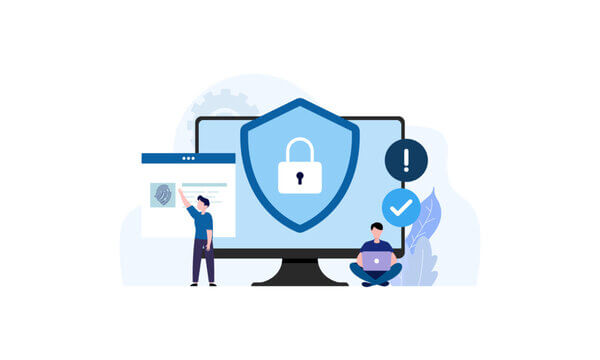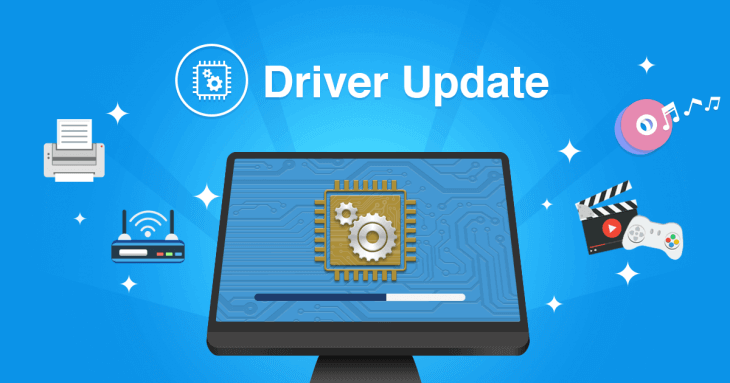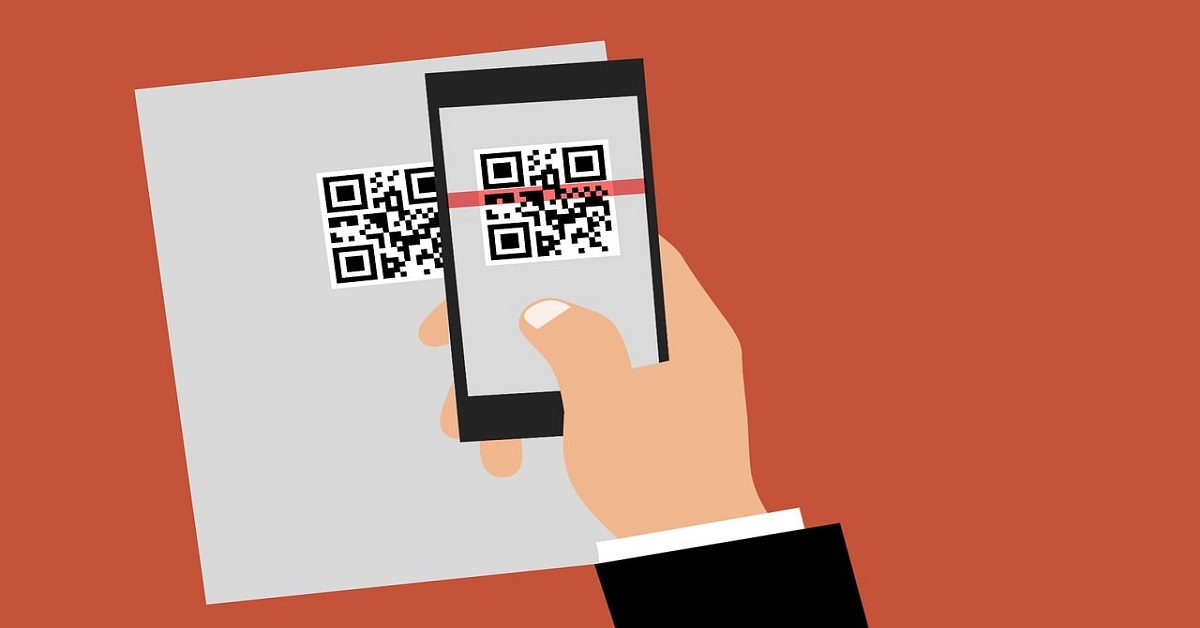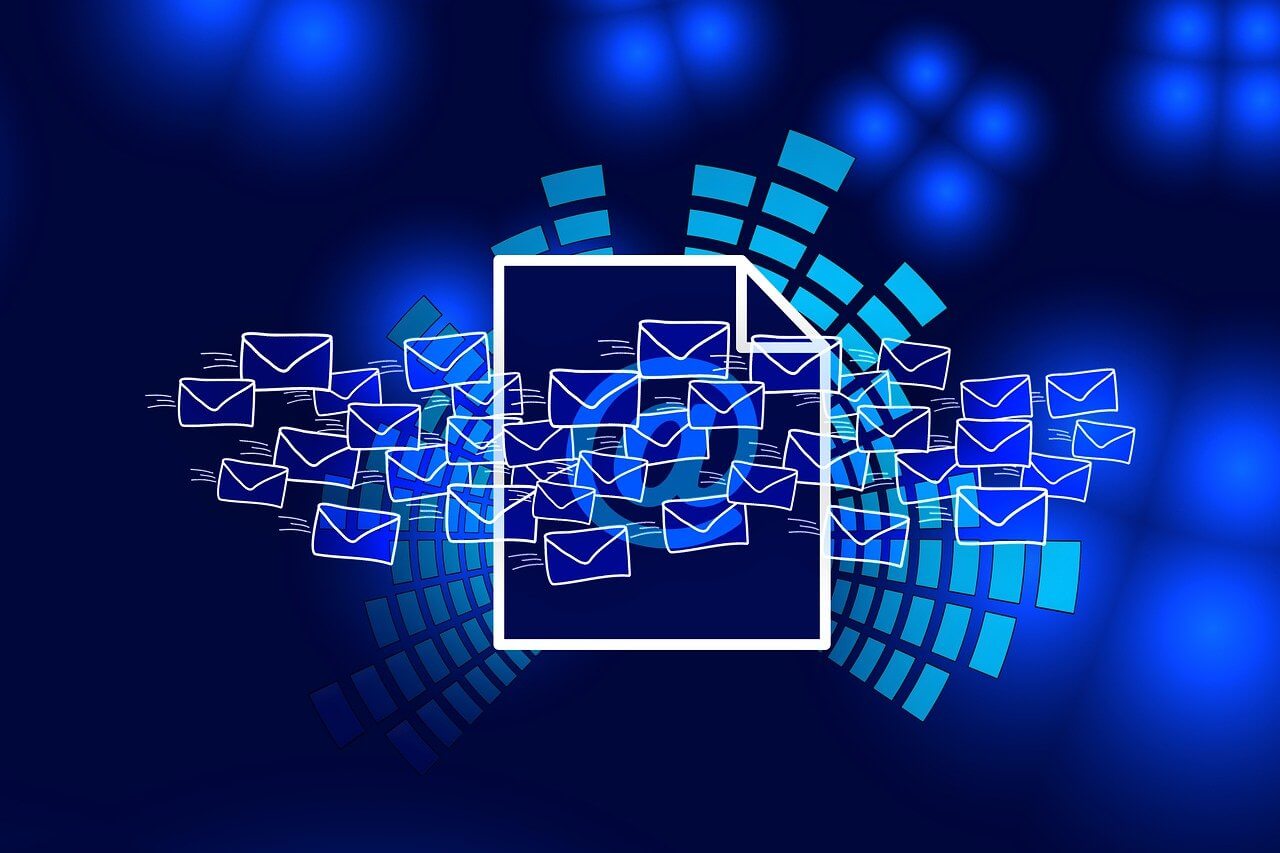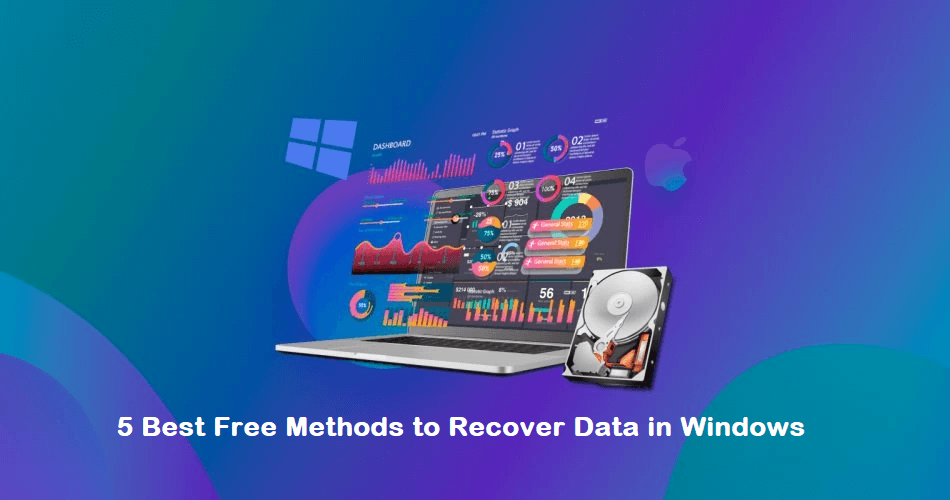Cybersecurity Tips Every Business Should Know
In today’s digital landscape, cybersecurity has become an indispensable aspect of running a successful business. Businesses must prioritize the protection of their sensitive data and ensure the safety of their customers.
This article provides ten essential cybersecurity tips that every business should know, helping entrepreneurs and start-ups strengthen their defenses and mitigate potential threats. By implementing these tips, businesses can enhance their cybersecurity posture and safeguard their valuable assets.
Cybersecurity Tips
1. Conduct Regular Risk Assessments:
Performing regular risk assessments is crucial for identifying vulnerabilities and potential threats within your business’s digital infrastructure. Assess the security of your networks, systems, and applications to identify weak points that could be exploited by cybercriminals.
Consider partnering with cybersecurity services that offer comprehensive risk assessment to gain a deeper understanding of your business’s security posture. Conduct penetration testing to simulate real-world attacks and identify potential security gaps.
2. Use A VPN
VPN makes you untraceable to keep your identity and data secure. You can use a VPN in USA and change your location to any other country. Also, there are some VPN tools available that provide you additional security features i.e. encryption, ad blocker etc.
3. Implement Strong Password Policies:
Weak passwords are a common entry point for hackers. Ensure that your business enforces strong password policies for all employees, including a minimum length requirement, a combination of letters, numbers, and special characters, and regular password updates.
Encourage the use of password managers to create and securely store complex passwords. Consider implementing a password expiration policy to ensure passwords are regularly updated.
4. Provide Cybersecurity Training for Employees:
Human error is often a significant factor in cybersecurity breaches. Conduct regular training sessions to educate your employees about cybersecurity best practices, such as identifying phishing emails, avoiding suspicious downloads, and using secure Wi-Fi networks.
Ensure that your employees understand the potential risks and their role in maintaining a secure environment. Train employees on how to report potential security incidents or suspicious activities promptly.
5. Use Multi-Factor Authentication (MFA):
Implementing multi-factor authentication adds an extra layer of security to your business’s login process. By requiring users to provide two or more forms of identification, such as a password and a unique code sent to their mobile device, MFA significantly reduces the risk of unauthorized access to sensitive accounts and data. Encourage employees to enable MFA for all their online accounts, including business-related applications and services.
6. Keep Software and Systems Updated:
Outdated software and operating systems often contain known vulnerabilities that can be exploited by cyber attackers. Regularly update your software, including operating systems, applications, and security patches, to ensure you have the latest protections against emerging threats.
Enable automatic updates whenever possible to streamline this process. Consider implementing vulnerability management tools that scan your systems for known vulnerabilities and provide recommendations for patching.
7. Backup Data Regularly:
Data loss can be catastrophic for any business. Establish a regular backup schedule to ensure critical data is securely backed up and stored offsite or in the cloud. Implement a comprehensive backup strategy that includes regular full backups and incremental backups.
Encrypt the backup data to ensure its confidentiality during storage and transmission. Regularly test the restoration process to guarantee the integrity of the backups and verify that data can be recovered in the event of a cybersecurity incident.
8. Secure Wireless Networks:
Wireless networks can be a weak point if not properly secured. Change the default network name (SSID) and use strong, unique passwords for your Wi-Fi routers. Enable network encryption, such as WPA2 or WPA3, to protect data transmitted over the network.
Regularly monitor connected devices and promptly disconnect any unauthorized access attempts. Consider implementing a separate guest network to isolate visitors’ devices from your internal network.
9. Restrict User Access:
Implement the principle of least privilege (PoLP) to limit user access to only the resources necessary for their roles. Assign specific access levels to employees, granting them access to information and systems required to perform their job duties.
Regularly review and revoke access rights for employees who change roles or leave the company. Consider implementing role-based access control (RBAC) systems to streamline user access management.
10. Invest in a Firewall and Antivirus Software:
A robust firewall acts as a barrier between your internal network and the internet, blocking unauthorized access attempts. Combined with reliable antivirus software, these security measures can detect and prevent various types of malware and malicious activities.
Regularly update and maintain these tools to ensure maximum effectiveness. Consider implementing an intrusion detection system (IDS) or intrusion prevention system (IPS) to provide real-time threat detection and prevention.
11. Develop an Incident Response Plan:
Despite implementing preventive measures, it’s essential to have an incident response plan in place. Define clear protocols and procedures for responding to cybersecurity incidents, including data breaches or network intrusions. This plan should include steps for isolating affected systems, notifying relevant stakeholders, and engaging the appropriate cybersecurity services to investigate and remediate the situation. Regularly test and update the incident response plan to address new threats and vulnerabilities.
As a business owner, it is crucial to prioritize cybersecurity in today’s digital age. By following these ten essential cybersecurity tips, businesses can significantly reduce the risk of falling victim to cyber-attacks. Remember, cybersecurity is an ongoing effort, and staying vigilant is key to protecting your business, customers, and valuable data.
Regularly assess and update your cybersecurity measures, invest in professional cybersecurity services, and stay up-to-date with the latest threats and best practices to ensure your business remains secure in an increasingly interconnected world.
Popular Post
Recent Post
How to Troubleshoot Xbox Game Bar Windows 10: 8 Solutions
Learn how to troubleshoot and fix issues with the Xbox Game Bar not working on Windows 10. This comprehensive guide provides 8 proven solutions to resolve common problems.
How To Record A Game Clip On Your PC With Game Bar Site
Learn how to easily record smooth, high-quality game clips on Windows 11 using the built-in Xbox Game Bar. This comprehensive guide covers enabling, and recording Game Bar on PC.
Top 10 Bass Booster & Equalizer for Android in 2024
Overview If you want to enjoy high-fidelity music play with bass booster and music equalizer, then you should try best Android equalizer & bass booster apps. While a lot of these apps are available online, here we have tested and reviewed 5 best apps you should use. It will help you improve music, audio, and […]
10 Best Video Player for Windows 11/10/8/7 (Free & Paid) in 2024
The advanced video players for Windows are designed to support high quality videos while option to stream content on various sites. These powerful tools support most file formats with support to audio and video files. In this article, we have tested & reviewed some of the best videos player for Windows. 10 Best Videos Player […]
11 Best Call Recording Apps for Android in 2024
Whether you want to record an important business meeting or interview call, you can easily do that using a call recording app. Android users have multiple great options too. Due to Android’s better connectivity with third-party resources, it is easy to record and manage call recordings on an Android device. However it is always good […]
10 Best iPhone and iPad Cleaner Apps of 2024
Agree or not, our iPhones and iPads have seamlessly integrated into our lives as essential companions, safeguarding our precious memories, sensitive information, and crucial apps. However, with constant use, these devices can accumulate a substantial amount of clutter, leading to sluggish performance, dwindling storage space, and frustration. Fortunately, the app ecosystem has responded with a […]
10 Free Best Barcode Scanner for Android in 2024
In our digital world, scanning barcodes and QR codes has become second nature. Whether you’re tracking packages, accessing information, or making payments, these little codes have made our lives incredibly convenient. But with so many barcode scanner apps out there for Android, choosing the right one can be overwhelming. That’s where this guide comes in! […]
11 Best Duplicate Contacts Remover Apps for iPhone in 2024
Your search for the best duplicate contacts remover apps for iPhone ends here. Let’s review some advanced free and premium apps you should try in 2024.
How To Unsubscribe From Emails On Gmail In Bulk – Mass Unsubscribe Gmail
Need to clean up your cluttered Gmail inbox? This guide covers how to mass unsubscribe from emails in Gmail using simple built-in tools. Learn the best practices today!
7 Best Free Methods to Recover Data in Windows
Lost your data on Windows PC? Here are the 5 best methods to recover your data on a Windows Computer.
